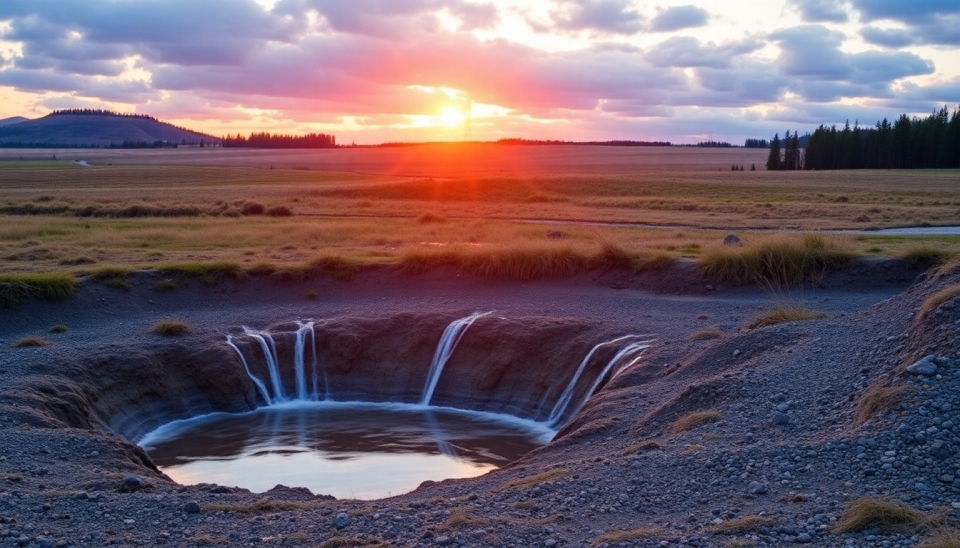
In an exciting development for renewable energy, advancements in fracking technology are set to transform the landscape of geothermal energy production. As we confront the dual challenges of climate change and the need for reliable energy sources, experts suggest that geothermal energy could soon play a pivotal role in our energy portfolios.
The relationship between fracking and geothermal energy is not immediately apparent, but recent research indicates that techniques honed in the oil and gas sector could significantly enhance the efficiency and reach of geothermal systems. This innovation comes at a critical time when the demand for clean energy sources is soaring, and fossil fuel reliance is increasingly scrutinized.
Geothermal energy, which harnesses the Earth's natural heat, has long been overshadowed by more mainstream renewable options, such as solar and wind. However, a surge of interest is developing, largely due to its reliability and continuous output potential. Unlike other renewable sources that depend on weather conditions, geothermal energy can provide a steady stream of power, making it an attractive option for grid stability.
Furthermore, the expansion of geothermal energy projects is expected to coincide with technological advancements that can make drilling into deeper, hotter rock formations feasible. This is where the fracking techniques come into play. By using hydraulic fracturing methods, energy companies could access previously untapped geothermal resources that lie beneath the surface, releasing vast amounts of energy that were previously too challenging or costly to extract.
Industry experts predict that if these methods gain traction, we could witness a noticeable shift in the energy market. The potential for increased geothermal energy output could dramatically reduce our reliance on fossil fuels, help meet ambitious carbon reduction goals, and foster local job growth through new energy projects.
However, transitioning to increased geothermal energy production will not happen without challenges. Concerns about environmental impacts, including induced seismicity from fracking, need to be addressed thoroughly. Stakeholders are urged to engage in dialogue to ensure that geothermal development is done responsibly and sustainably.
As governments around the world strive to meet net-zero emissions targets, the integration of fracking technology into geothermal energy production could be a game-changer. By effectively tapping into the Earth’s heat, we can make strides toward a cleaner, more sustainable energy future without compromising reliability or efficiency.
In conclusion, fracking may accelerate geothermal energy's rise, positioning it as a viable contender in the race to save the planet from the pressing threats of climate change. With the right investments and regulatory frameworks in place, the future of clean energy could be brighter than we ever imagined.
#GeothermalEnergy #Fracking #RenewableEnergy #CleanEnergy #ClimateChange #Sustainability #EnergyInnovation
Author: Liam Carter

